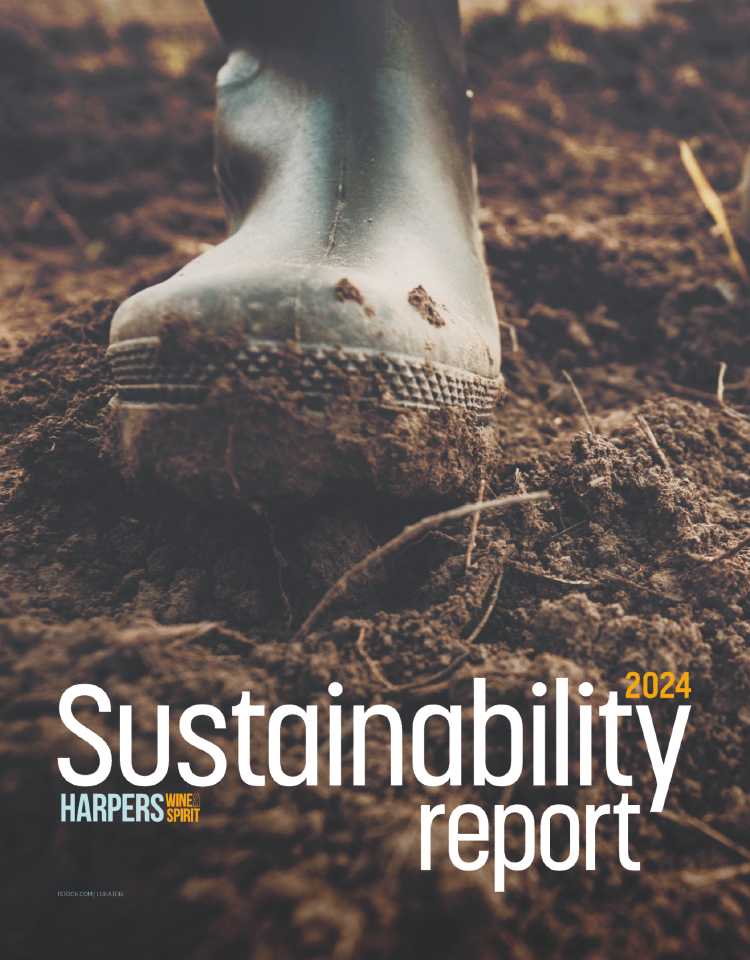EC gets radical over wine reform
A proposed 400,000 ha to be removed from production
Non-GI wines allowed vintage and variety on label
No more financial aid for crisis distillation
The European Commission has released radical proposals for the reform of the European wine regime that would see table wines allowed to carry vintage and variety; financial support for distillation ended; and the removal of 400,000 hectares (ha) of vineyards - an area more than three times the size of South Africa's total producing area.
The briefing document released this week, Towards a Sustainable European Wine Sector', states that the current situation in the Europe -with 8.4% of production or 15 million hectolitres (hl) finding no buyer - is unsustainable.
A raft of new measures are needed to create a wine regime that operates through clear, simple rules that are effective and that balance supply and demand'.
The consultation identifies three main areas of concern:
Planting bans have not been successful in curbing production as yields have rise. Those rights granted have increased the cost of production and acted as a barrier to rationalisation;
Market support measures such as distillation are not effective and act as a permanent outlet for the unsaleable surplus; and
Winemaking practices, geographical indications and labelling requirement make EU wine uncompetitive and lead to confusion among consumers.
In response to this, the EC has put forward a number of proposals for reform:
Market management tools would be abolished (such as support for distillation into potable alcohol and private storage aid).
Crisis distillation of wine into non-potable alcohol would be abolished and replaced with a safety net' system administered individually by member states.
Planting resrictions would be abolished (two timetables have been put forward) with each ha of vineyard grubbed up at the farmer's expense, then eligible for a new payment scheme.
The Quality Policy', including Geographical Indications (GIs), to be simplified and made more understandable to consumers, with inter-professional organisations getting an expanded management role.
They would be able to choose, for example, if varietal labelling on GI wines would be allowed.
OIV winemaking practices (the recognised International standard) would be recognised - allowing the same techniques to be used in the EU as are prevalent in the New World.
The ban of the vinification of imported musts and on the blending of EU wines with non-EU wines to be abolished.
Labelling regulations would be simplified, removing the distinction between the rules on wines with or without a GI, allowing the indication of variety and vintage on table wines, for example. Bottle shape restrictions would also be removed.
The concept that EU quality wines have a geographical origin to be kept and further promoted.
The proposals will now go into a nine-month consultancy period with the reforms then passed by the European Parliament in two to three years. Although the proposed package is still up for discussion, the EC has made it clear that it will not put up with the status quo nor simply cosmetic changes', particularly in the area of reducing current production. The consultation states: The aim is to grub up 400,000 ha over a five-year period with a maximum total aid of 2.4 billion. Vine growers should be free to chose to grub up or not. The agricultural area formerly used for vine production would then qualify as an eligible area under the single payment scheme.'
Jeremy Beadles, the chief executive of the WSTA - which as a member of the European Comit Vin was involved in helping draw up the consultation - welcomed the launch of the new document: It's about recognising that no one should be supporting the farmers to produce wine that nobody wants and that some land is better off being used for other forms of agriculture.
I'm very pleased that the EC seem to have taken a trade position rather than a producer position over the consultation, and recognised that widespread reform is necessary. Entrenched policies needed to be looked at. Ultimately, it's a consumer-driven piece of legislation - people don't want to have to deal with labels they don't understand. Having said that, the reforms would also allow a producer who wanted to continue under the older rules to do so.'
On the question of how the reforms would effect the burgeoning UK producing industry, Beadles said: It should be beneficial, as although a ban on planting is currently only theoretical - the UK is 5,000 ha short of the 25,000 ha level when restrictions kick in - the reforms mean that planting restrictions should be lifted by 2010 or 2013 at the latest.'





